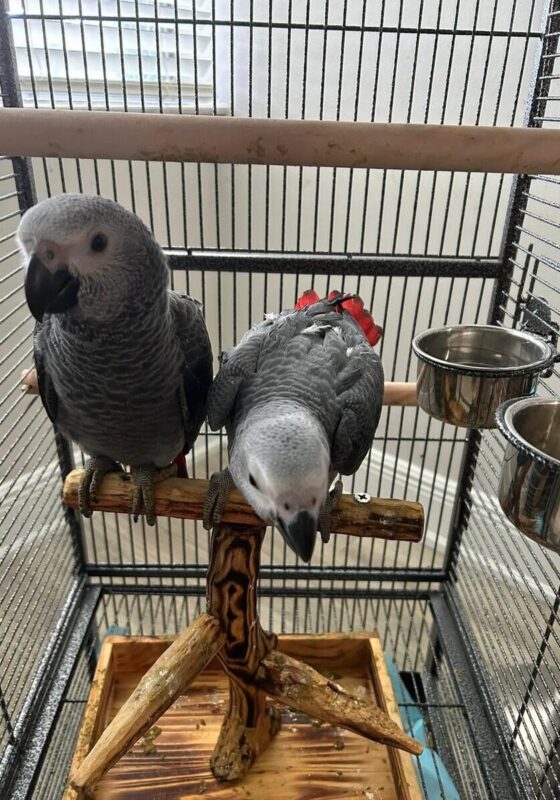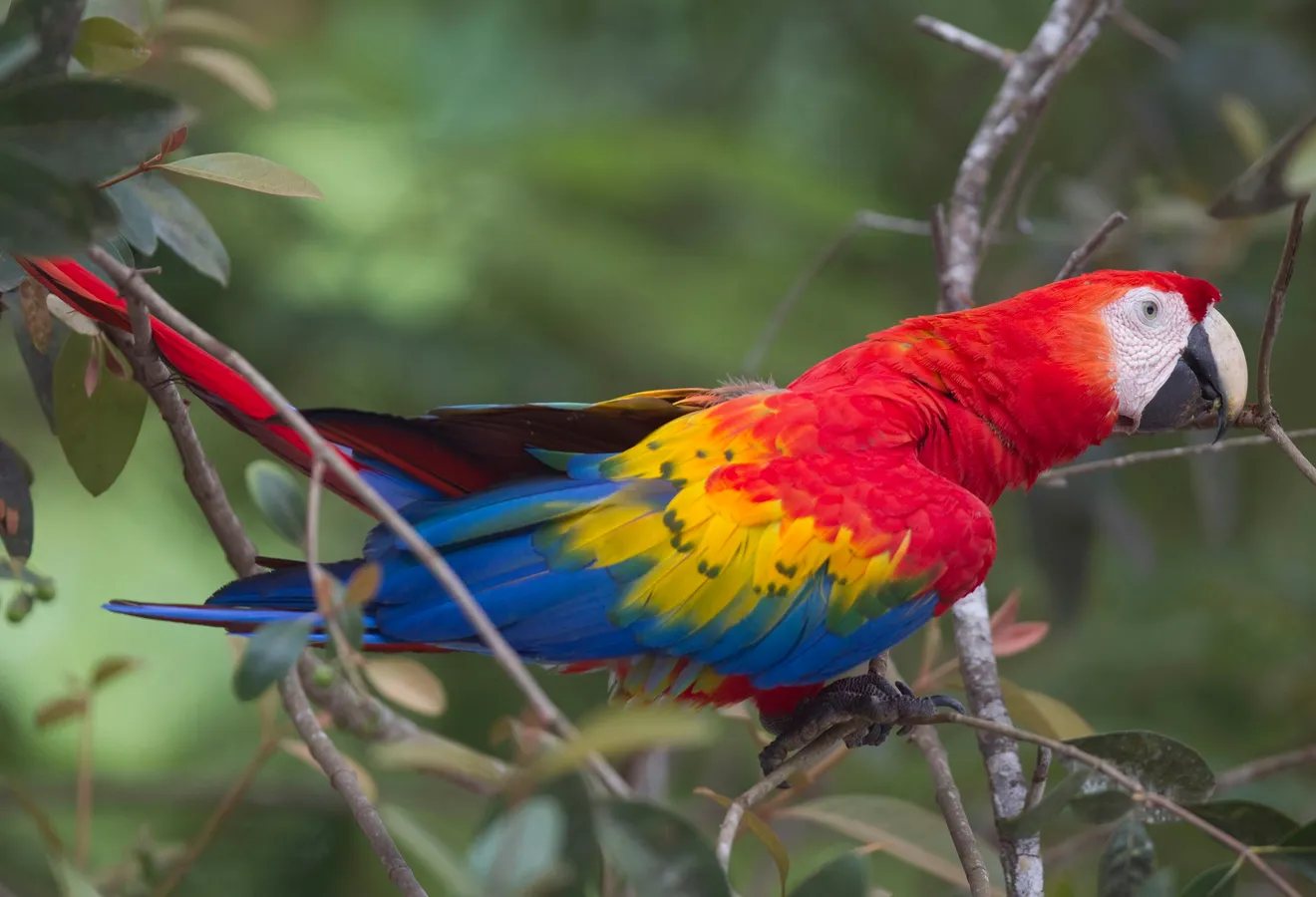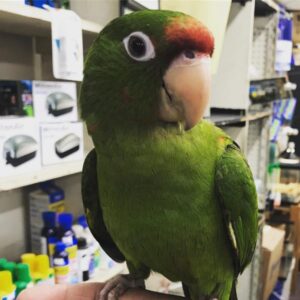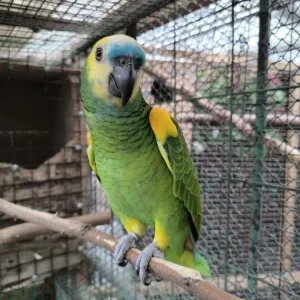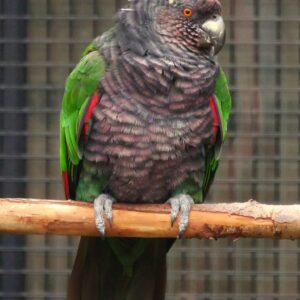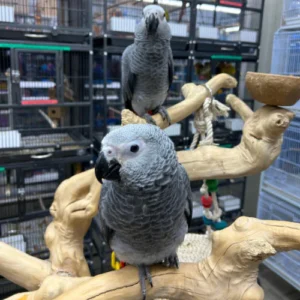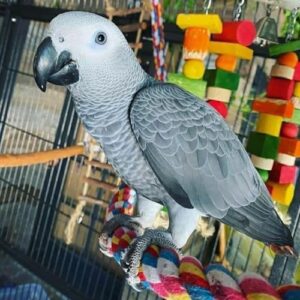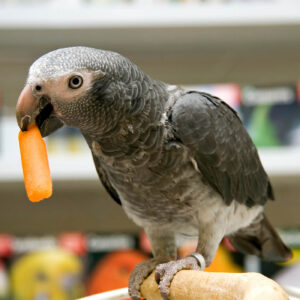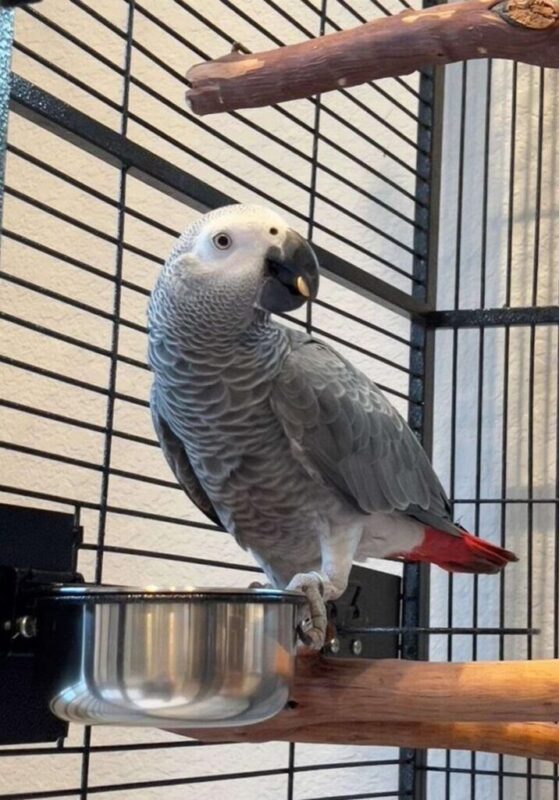Bird Stores Near Me
Bird stores near me, Exotic parrots are fascinating birds, often cherished for their vibrant colors, remarkable intelligence, and ability to mimic human speech. These non-native species, which include macaws, cockatoos, African greys, Amazons, and Eclectus parrots, hail from tropical regions around the world and are commonly kept as pets or in aviaries. Macaws, like the Scarlet or Blue and Gold varieties, dazzle with their bold plumage and powerful calls, though they demand ample space and attention to stay happy. Cockatoos, such as the Sulphur-Crested, are incredibly affectionate but can develop issues like feather plucking if they lack stimulation. Bird stores near me, African Greys, particularly the Congo subspecies, stand out for their talking prowess and need constant mental challenges to thrive. Amazons, including the Yellow-Naped, bring vocal energy to the mix and respond well to consistent routines, while Eclectus parrots offer a quieter demeanor with their striking red-and-green Bird stores near me, differences between males and females.
Bird stores near me, Caring for these birds involves a commitment to their well-being, starting with a balanced diet of pellets, fresh fruits and vegetables, nuts, and seeds—steer clear of toxic foods like avocado, chocolate, or caffeine, and provide calcium sources like cuttlebone to support bone health. Bird stores near me, enclosures should be spacious, equipped with perches, toys, and opportunities for foraging, ideally allowing room for flight in an outdoor aviary. Bird stores near me, Health is paramount, so schedule regular veterinary visits for beak maintenance, feather checks, and screenings for conditions like psittacosis, watching for symptoms such as unusual droppings or lethargy. Socialization is key since parrots are flock-oriented; daily interaction and positive reinforcement training can prevent behavioral problems like aggression. Bird stores near me, Bird stores near me lifespans often reaching 30 to 80 years, owning one is a long-term endeavor—consider adopting from rescues to give a bird a second chance.
Free Shipping all products above 200$
What is an Aviator Flight Harness?
An Aviator Flight Harness is a specialized safety device designed primarily for pet birds, such as parrots, to allow supervised outdoor flight while preventing escape or injury. It’s not a standard aviation tool for humans (like pilot harnesses), but rather a bird-specific product. Brands like Aviator offer these harnesses, which attach to the bird’s body and connect to a leash for controlled flying. This enables birds to experience natural flight in safe environments, reducing boredom and promoting health.
Key Features and Benefits
- Design: Typically made from lightweight, durable materials like nylon or leather, with adjustable straps that fit snugly around the bird’s chest and wings without restricting movement. It includes a leash clip for attachment to a human handler.
- Safety: Prevents birds from flying away during outdoor sessions, protects against predators, and minimizes crash risks. It’s ideal for flighted pets that might otherwise be clipped or caged.
- Training Aspect: Helps build trust and obedience, as birds learn to fly on command while tethered. It’s not for free flight but for guided exercise.
- Compatibility: Suited for medium to large parrots (e.g., African Greys, Amazons, or macaws). Smaller birds may need custom sizes.
Featured Products
Mexican Red Parrot
Mexican Red Parrot likely refers to the Red-lored Amazon (Amazona autumnalis), a vibrant parrot species native to Mexico and parts of Central America. It’s commonly known by this name due to its striking red forehead and lores (the area between the eyes and beak). This bird is popular among bird enthusiasts for its intelligence, playful personality, and ability to mimic sounds. Below is a concise guide based on ornithological sources.
Physical Description
- Appearance: Bright green plumage with a prominent red patch on the forehead and lores. Yellow accents on the wings and a white eye-ring. Adults measure about 12-13 inches (30-33 cm) long and weigh 10-12 ounces (280-340 grams).
- Lifespan: Up to 50-60 years in captivity with proper care.
- Sex Differences: Males and females look similar, but DNA testing or behavior can help distinguish them.
Habitat and Behavior
- Natural Range: Found in tropical forests, woodlands, and savannas of eastern Mexico, Belize, Guatemala, Honduras, and Nicaragua. They thrive in humid, lowland areas.
- Diet: In the wild, they eat fruits, seeds, nuts, and insects. As pets, a balanced diet includes pellets, fresh veggies, and occasional treats like nuts.
- Behavior: Highly social and vocal, known for loud calls and mimicry. They form monogamous pairs and are active during the day. In captivity, they can become affectionate but may develop behavioral issues if bored.
Conservation Status
- Listed as Least Concern by the IUCN, but populations face threats from habitat loss, illegal pet trade, and deforestation. Conservation efforts focus on protecting their forest homes.
As a Pet
- Suitability: Great for experienced owners; they’re intelligent and trainable but require mental stimulation to prevent feather plucking or aggression.
- Care Tips:
- Provide a large cage (at least 2×3 feet) with toys, perches, and foraging opportunities.
- Socialize daily; they bond strongly with owners.
- Veterinary Needs: Regular check-ups for beak trimming and health issues like psittacosis.
- Legal Note: Ownership may require permits in some regions due to CITES regulations. Always adopt from reputable breeders or rescues.
Fun Facts
- Mimicry Skills: They can learn hundreds of words and phrases, making them entertaining companions.
- Cultural Significance: In Mexico, they’re sometimes featured in folklore and art.
- Breeding: In the wild, they nest in tree cavities during the rainy season.
Extotic Birds
Exotic birds typically refer to non-native or rare avian species prized for their beauty, intelligence, and unique traits. These birds, often from tropical regions, are popular as pets but require specialized care. Below is an overview, including popular types, care tips, and legal notes. (Note: “Extotic” is assumed to be a typo for “Exotic.”)
Popular Exotic Bird Species
Exotic birds come in various sizes and colors. Here’s a table of some well-known ones:
| Species |
Origin |
Key Traits |
Average Lifespan |
| Scarlet Macaw |
South America |
Vibrant red, yellow, blue plumage; highly intelligent and social |
50-75 years |
| African Grey Parrot |
Central Africa |
Excellent mimicry; gray feathers with red tail; known for problem-solving |
40-60 years |
| Hyacinth Macaw |
Brazil |
Largest parrot; deep blue plumage; powerful beak for cracking nuts |
50-70 years |
| Cockatoo (e.g., Sulphur-crested) |
Australia/Indonesia |
White with yellow crest; affectionate but can be demanding |
40-60 years |
| Eclectus Parrot |
New Guinea/Solomon Islands |
Dimorphic (males green, females red); quiet and gentle |
30-50 years |
These species are often bred in captivity but originate from diverse ecosystems.
Care and Ownership Tips
Exotic birds are not low-maintenance pets; they need commitment for their long lifespans.
- Diet: High-quality pellets, fresh fruits/veggies (e.g., apples, carrots), nuts, and seeds. Avoid toxic foods like avocado or chocolate.
- Housing: Large, secure cages (at least 2×3 feet for medium birds) with perches, toys, and foraging activities to prevent boredom.
- Health: Regular vet check-ups for beak trimming, feather care, and diseases like psittacosis. Provide UV light for vitamin D.
- Socialization: Interact daily; they thrive on attention but can become aggressive if neglected.
- Training: Use positive reinforcement for tricks or speech; they’re highly trainable.
